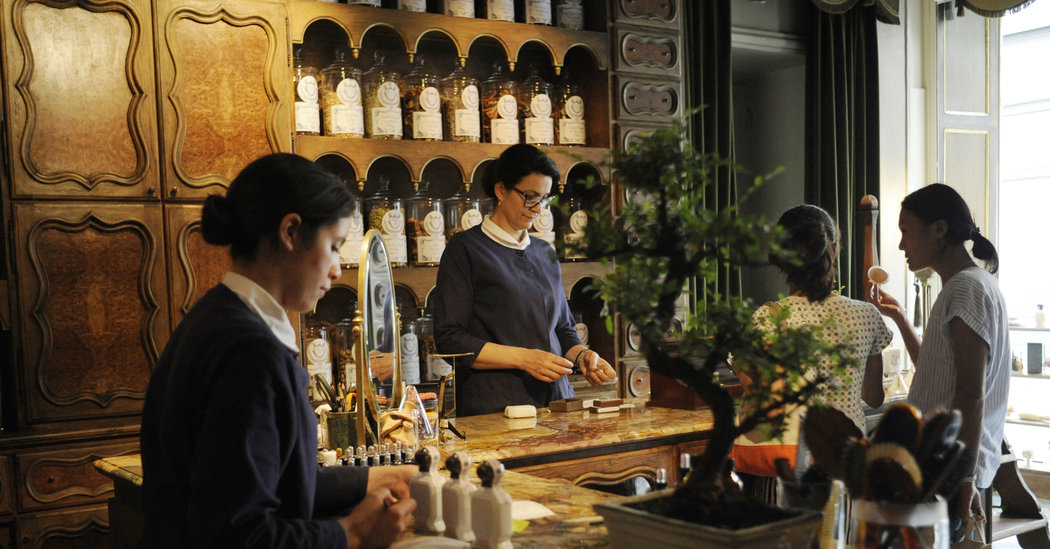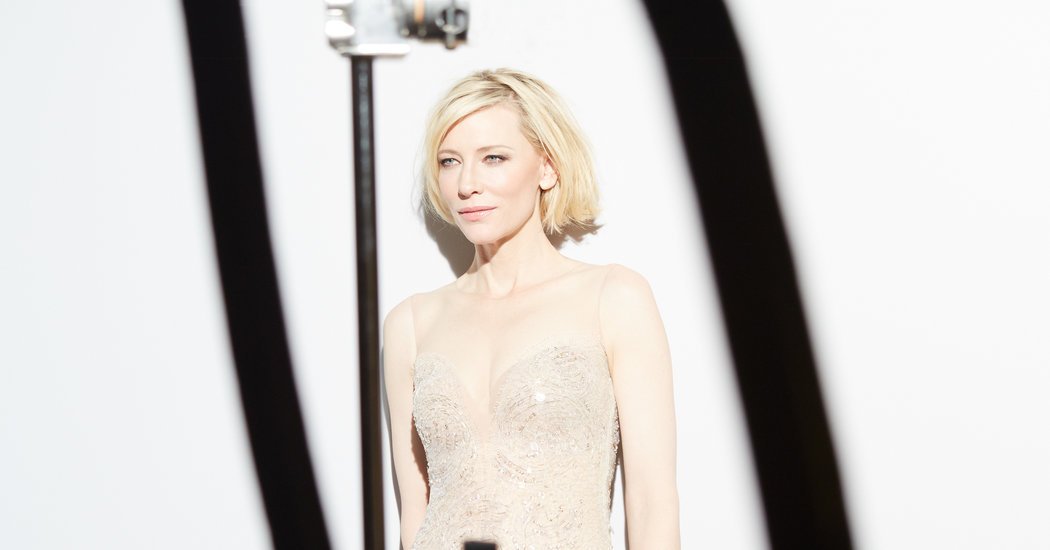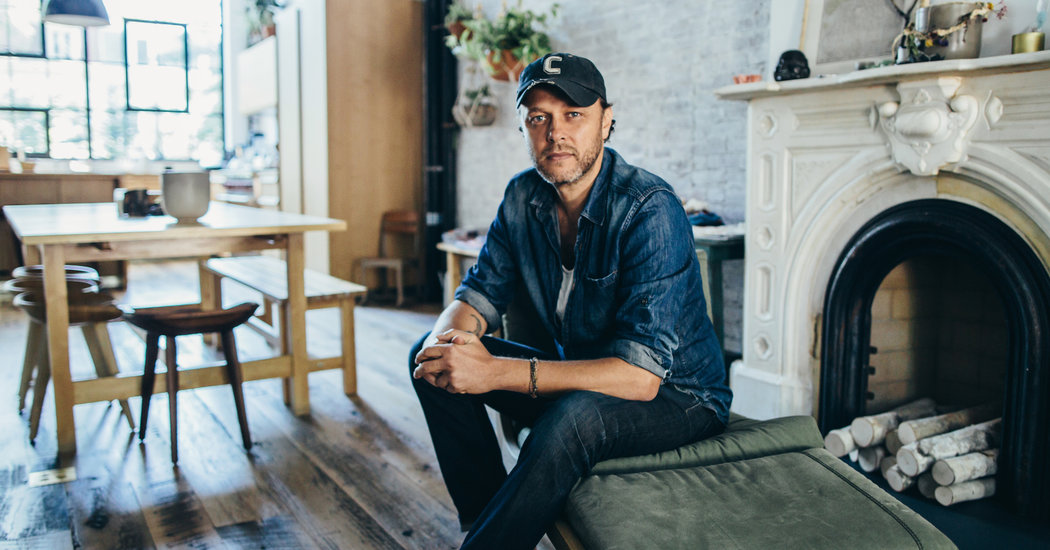
Credit
Agnes Dherbeys for The New York Times
PARIS — A few years ago, I was standing in a crowded New York subway car when I caught a brief, passing whiff of the perfume worn by the elegantly dressed woman next to me: lilac with perhaps a trace of talcum powder.
Immediately, a memory flashed: I was 7 or 8, sitting in a haphazardly decorated living room, fading black-and-white photographs and reproductions of famous paintings covering almost every inch of wall space, furniture covered with clear plastic (to be removed if “company” ever came), a grandfather clock that would chime every 15 minutes, a bowl of hard candies tantalizingly within reach. It was the home of my now long-dead great-aunt, someone I would visit once or twice a year, and whose smothering embrace upon my arrival would leave a trace of that lilac scent in her wake.
That’s the power of perfume. It can be something dabbed on for a night’s adventure, never to be repeated again, or it can be an indelible part of one’s identity, recalled decades later with bracing clarity.
And perfume is what brings a steady stream of customers to Buly 1803, a charming, tiny cathedral of fragrance on the Rue Bonaparte in the Sixth Arrondissement of Paris. But you won’t find Chanel No. 5, Joy, J’Adore or, heaven forbid, the branded perfumes of celebrities like Sarah Jessica Parker, Taylor Swift or Kim Kardashian.

Credit
Agnes Dherbeys for The New York Times
Instead, a solicitous saleswoman will present an array of scents, among them English honey, Mexican tuberose and a powerfully musky “Japanese wood,” in a shop that, while just a year old, is an almost exact reproduction of the original store on the Rue St.-Honoré, one that dated to more than 200 years.
The famed perfumer Jean-Vincent Bully (at the time, spelled with two l’s) was a Parisian celebrity in the early 19th century, known for his scientific approach to skin care and fragrances, and he was said to be the inspiration for the title character in Honoré de Balzac’s 1837 novel “César Birotteau.”
All of the scents (which sell for a not-inconsiderable 120 euros, or $132, for a small 75-milliliter bottle) are water based, both glycerin- and alcohol-free and subtly change in aroma when applied to the skin. They smell nothing like what you find at Sephora.
In addition to the perfumes, you will find a shaving cream that smells slightly of almond (€29); soaps in the same fragrances as the perfumes (also €29); a scented toothpaste, or “dental opiate” as the accompanying sign describes it (€20); and an array of beautifully crafted combs and hairbrushes.
After a recent visit to the shop, I walked out, happily, with a bar of the Mexican tuberose, and took a shower as soon as I got back to my hotel room.
I smelled great.
Buly 1803, 6, rue Bonaparte, 75006 Paris. www.buly1803.com. +33 1 43 54 25 62
SOURCE:http://www.nytimes.com/2015/07/10/fashion/perfume-buly-1803-paris.html



